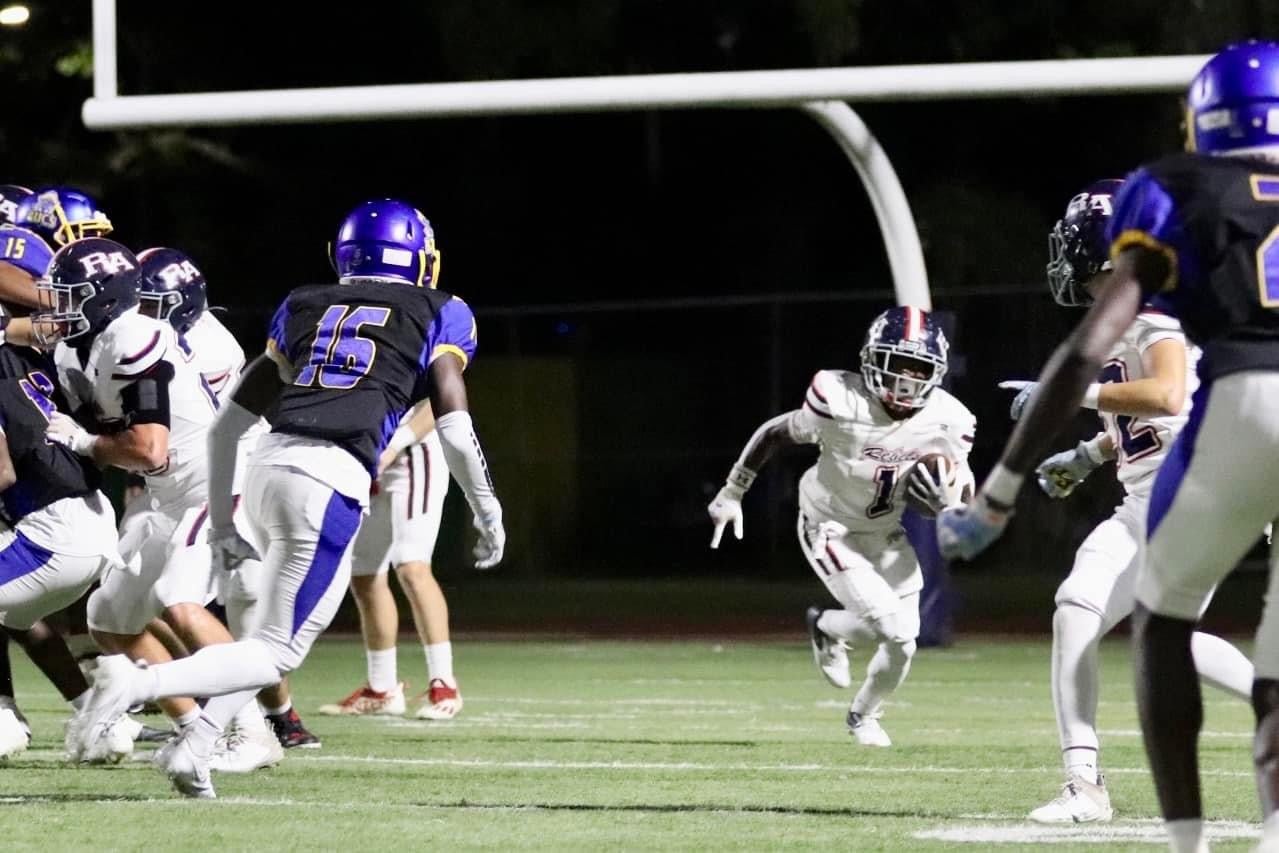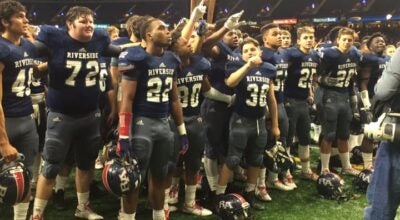Dragon test defines martial artists
Published 12:00 am Wednesday, August 15, 2001
J. EDMUND BARNES
PHOTO 1: Ryan Guilliot’s kick narrowly misses Alan Jacob as they demonstrate staff and scrima techniques at LaPlace Taekwondo’s Dragon Test Friday night.(Staff photo by J. Edmund Barnes) LAPLACE – There is no time more important in a martial artist’s career than the belt test. Outside of actual fighting, the belt test is the best way of demonstrating a mastery of the traditions, techniques and tactics that are rigorously taught at a martial arts school. At Gillis Cure’s LaPlace Taekwondo, Friday night was special not only because of the standard best tests that had been scheduled; even these were in and of themselves an event. Cure was going for his Master’s rank, while Noah Stayton was testing for his second degree black belt. The main event on Friday was the inaugural Dragon Team testing. Cure, who has been learning and teaching Taekwondo for 20 years started teaching martial arts after “seeing too many good people get hurt.” “I wanted to help people defend themselves,” said Cure. PHOTO 2: Second degree black belt candidate Noah Stayton punches through a stack of burning cinder blocks as part of his rank test Friday night. (Staff photo by J. Edmund Barnes) Cure’s school, which is independent of the major Taekwondo organizations (namely the International Tae-kwondo Alliance and the World Taekwondo Organi-zation) studies the Chunji forms. “We study the Chunji style because (Chunji) is an Americanized style with lots of self defense qualities.” LaPlace Taekwondo is active in competitions, but only enters those that are open to all martial arts. “Any competition we go to is open. It’s more versatile that way. We get to see how our style matches up (with other martial arts),” ex-plained Cure. “When it comes to self defense you’re going to have more than one different kind of attacker.” Cure also teaches weapons techniques in his school. LaPlace Taekwondo teaches staff forms because Cure feels they are practical. With Friday being a test day, the masters of several different area Taekwondo schools were present to first test Cure for his Master’s status, then to assist him in testing the rest of the class. Among those present was Walter Cannon of Destrehan Taekwondo. Cannon started studying the martial arts 26 years ago because “I got tired of getting beaten up when I was a kid.” Cannon has continued studying Taekwondo for not only personal self defense, but also for the joy of competition. “The forms are strictly traditional,” said Cannon. “The students are allowed to create freestyle forms for competition.” Cannon continued by saying “The forms are handed down. These are the same forms that our masters taught us. Our masters are now actually grand masters.” Before the students can qualify for the Dragon Team, Cure and Stayton have to test for their Master’s status and his second degree. Cure and Stayton both pass in dramatic fashion, concluding their tests with breaking demonstrations. Cure’s flying sidekick shattered two boards, while Stayton punched through seven cinder blocks which had been doused in lighter fluid and set on fire. “Just putting a strip to this belt means nothing,” said Cure after being awarded his Master’s certificate. “Having you (the other Masters) here means something to me.” After awarding Stayton his second degree black belt, Master Fred McNab said, “I’m looking forward to training with you. And giving you some pain.” But the real event was the Dragon Test. “To be on the team, you have to train your all,” said Cure. He then said should the team pass they would be allowed to wear a special blue uniform and brown belts with a black strip to symbolize their commitment to the martial arts. “We have one of the slowest advancement systems around. It’s grueling,” said Cure. The Dragon Test was definitive proof of that statement. First Cure had the seven applicants run through a series of punching and blocking combinations. After the combinations, the Dragon Team applicants run through the Chunji forms. Then the applicants line up in two rows to practice one step sparring. One steps are quick techniques that begin with an attacker throwing a punch or kick. The defender then reacts first by throwing a block, then applying a number of punches, throws and kicks to defeat the opponent. Cure has the applicants run through as many as 48 different one steps before launching into kicking drills. By this time, the applicants are out of breath. They are given a breather, but only to put on pads and prepare for the sparring test. They fight one on one at first, but then Cure has them fight two on one. When the sparring is over, the applicants are exhausted. But one final section remains – the breaking test. Breaking demonstrates precision and speed rather than power. “A good martial artist can hit you three to five times in a second,” said Cure. Each of the applicants succeeds in breaking the pine planks. With each shattered board, the student becomes a member of the Dragon Team. “Testing is a little different,” said Cure. “A lot of schools test only the material of their rank. What I do is I test from the beginning to where they’re at now. The reason I do this is it helps learn those long term techniques.” Among those who tested and passed for their Dragon Team membership were Alan Jacob and Ryan Guilliot. The two had performed an amazing demonstration of stick and staff blocks before their Dragon Test, a demonstration that would have done a Hollywood fight coordinator proud. “We’ve been working on that for the longest time ever,” said Jacob. “Two and a half years. We’re friends. This is what happened. I tried to sweep him with my staff. He blocked it, and we got an idea.” “We’re friends,” agreed Guilliot. “Nobody ever uses scrimas(the wooden sticks Guilliot used in the demonstration).” Jacob said it would be another three years before they were going to be able to test for their black belt. “(It takes a) total of seven years to get a black belt in this school.” The Dragon Team members include Jacob, Guilliot, Taylor Atkinson, Chuck Sanford, Jonathan Lambert and Mason Madere.





